On the one-year anniversary of Kobe Bryant’s tragic helicopter crash, the sports world mourned the death of the NBA legend. Jan. 26 marked a year since Bryant, his daughter Gianna Bryant and seven others died in a helicopter crash in Calabasas, Calif.
Bryant’s influence transcended basketball; various communities in the world of sports mourned his death as well. Soccer proved to be no exception, as the sport had lost a devoted friend. Following the crash, tributes poured in from players like Messi and Maradona and soccer clubs like A.C. Milan, which Kobe supported in his youth. Paris Saint-Germain forward Neymar expressed his condolences for Bryant, stating, “It’s very saddening for the world of sport and for all of us. Not only for basketball fans but for everything he did for the sport.”
There is a bond that unites all athletes: a solidarity in the struggle and the grind, the work ethic it takes to be at the top. As one of the most widely played sports in the world, international football is no exception. Milwaukee Bucks forward Giannis Antetokounmpo frequently sports an Arsenal jersey, and Lebron James is a proud Liverpool F.C. fan — in 2011, James even acquired a 2% stake in the club.
Over 20 years ago, such open signs of football supporters across professional sports were not as prevalent in spite of the sport’s international popularity, but Bryant was still a proud soccer fan. He was a soccer enthusiast before the founding of Major League Soccer in December 1993 — which many would consider to be when the sport reached mainstream popularity in the United States. Bryant lived and breathed basketball, but when asked by FIFA about his fandom, Bryant responded, “[Soccer] is actually my favorite sport.”
Bryant’s deep love for soccer goes back to his childhood. When Bryant’s father, NBA player Joe Bryant, decided to continue his career in Italy, six-year-old Kobe moved along with him. He was then launched into the Italian sporting culture, jumping from basketball one moment to soccer the next on the neighborhood fields. By virtue of his long arms, he started out as a goalkeeper but quickly transitioned to midfield. Bryant learned to speak Italian fluently and progressed to playing for the local youth team Cantine Riunite.
Davide Giudici, a friend and former childhood teammate, told CNN, “We had a strong team, but he was better than all of us. At 11 years old, he was already very secure in his power and what he would become.” It wasn’t until moving back to Philadelphia that Bryant fully committed to basketball. Enamored by both sports, he had trouble choosing one.
Throughout his 20-year career with the Lakers, Bryant maintained strong ties to the soccer world, something that was less common in the world of professional basketball at the time. He befriended Brazil great Ronaldinho, youngster Neymar and the Argentina superstar Lionel Messi, developing an allegiance to FC Barcelona in the process. His childlike excitement about the sport was evident through his participation in a 2011 celebrity soccer game and attendance at various World Cups.
Bryant was also a staunch supporter of the U.S. women’s national team, both near and far. He often spoke of how the team inspired his daughters and was field-side at the team’s 2019 victory tour kick-off match. Orlando Pride’s Sydney Leroux was a close friend; in 2017, Bryant told the AP, “She’s like my little sister. I would send her books that I’d read that had helped me, or talk to her every now and then about focus and training.” On top of that, Bryant’s myriad endorsements, including BodyArmor and Nike, meant he stayed linked to soccer in a sponsorship role.
The Mamba played soccer for eight years. In these eight years, he developed skills that contributed to his five-time championship basketball career. For example, during the 2016 regular season, Kobe calmly delivered a bounce pass through Thunder star Kevin Durant’s legs. But mostly, soccer’s impact is illustrated in more nuanced parts of Kobe’s game: his footwork, finesse on the ball and on-court genius.
Kobe would not be the basketball player he was without his soccer background. Today, U.S. youth sports have evolved from recreational free play to a hyper-competitive culture that revolves around single-sport specialization. At young ages, kids are pressured by coaches to choose one sport. As a result, the benefits of playing multiple, the cross-training, the range of skills, the exposure to different environments, the character development, are all lost — not to mention the implications for burnout. Houston Texans defensive end J.J. Watt articulates this succinctly, tweeting “Single-sport specialization amongst youth today is troubling. Let kids be kids. They’ll become better all-around athletes & have more fun.”
While there is no wrong way to be an athlete, single-sport specialization at a young age isn’t necessarily the right one. Bryant didn’t start focusing on basketball until he was 14 years old and look how he turned out.
Demi Pappas is a first-year in the McDonough School of Business. Between the Goalposts appears online every other week.


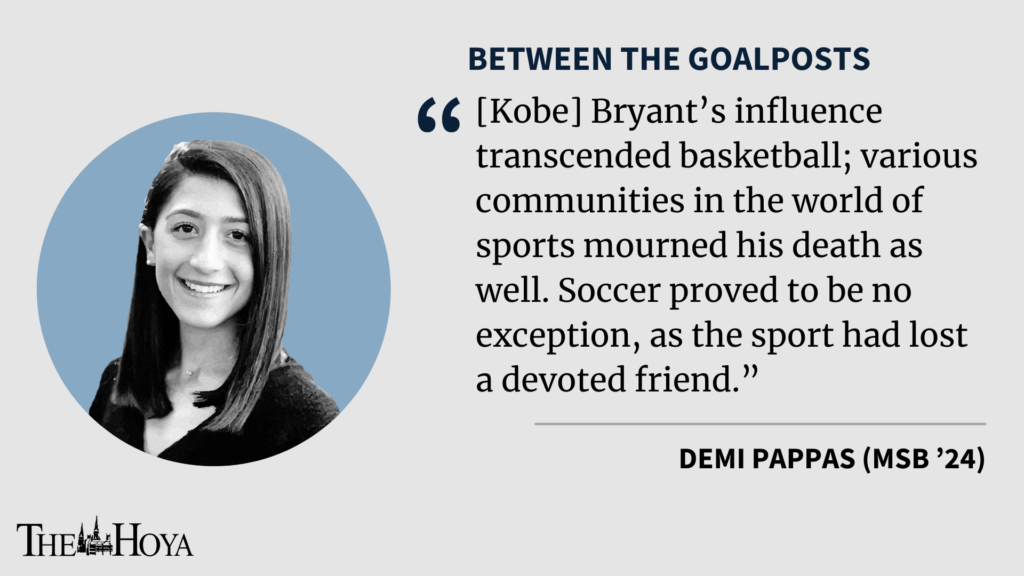






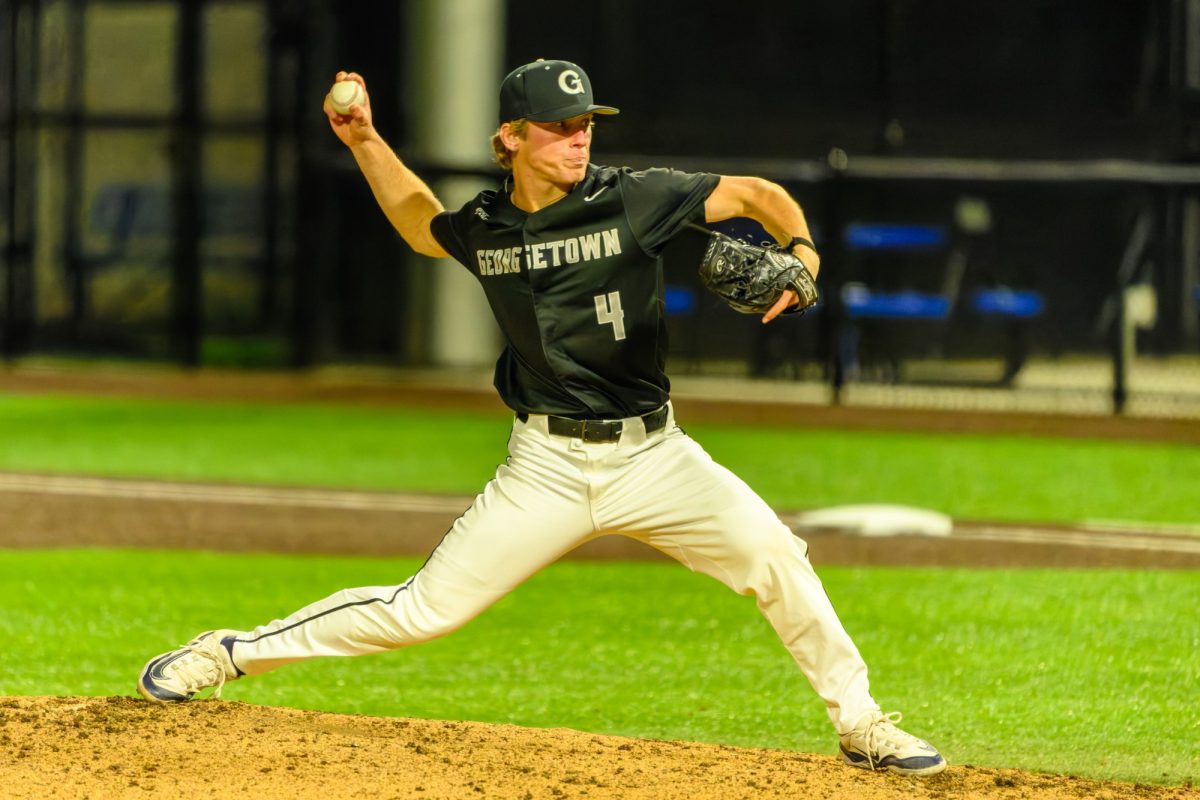
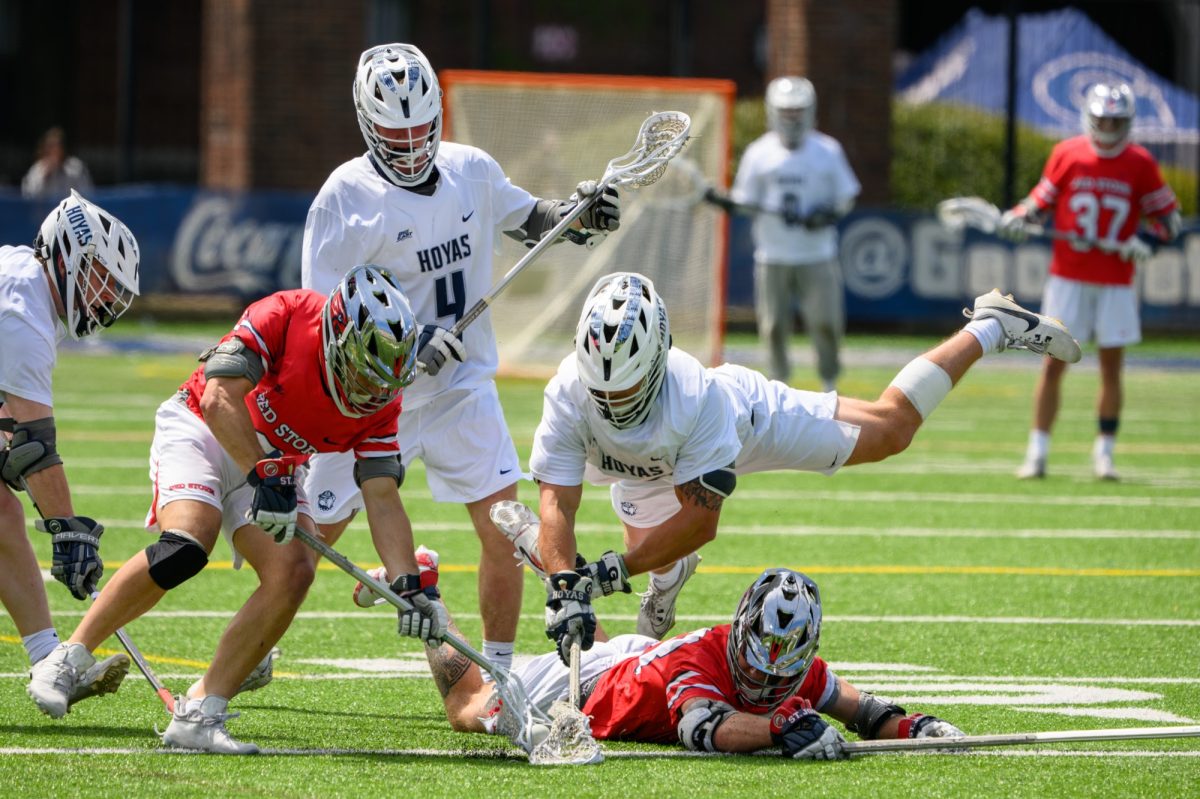




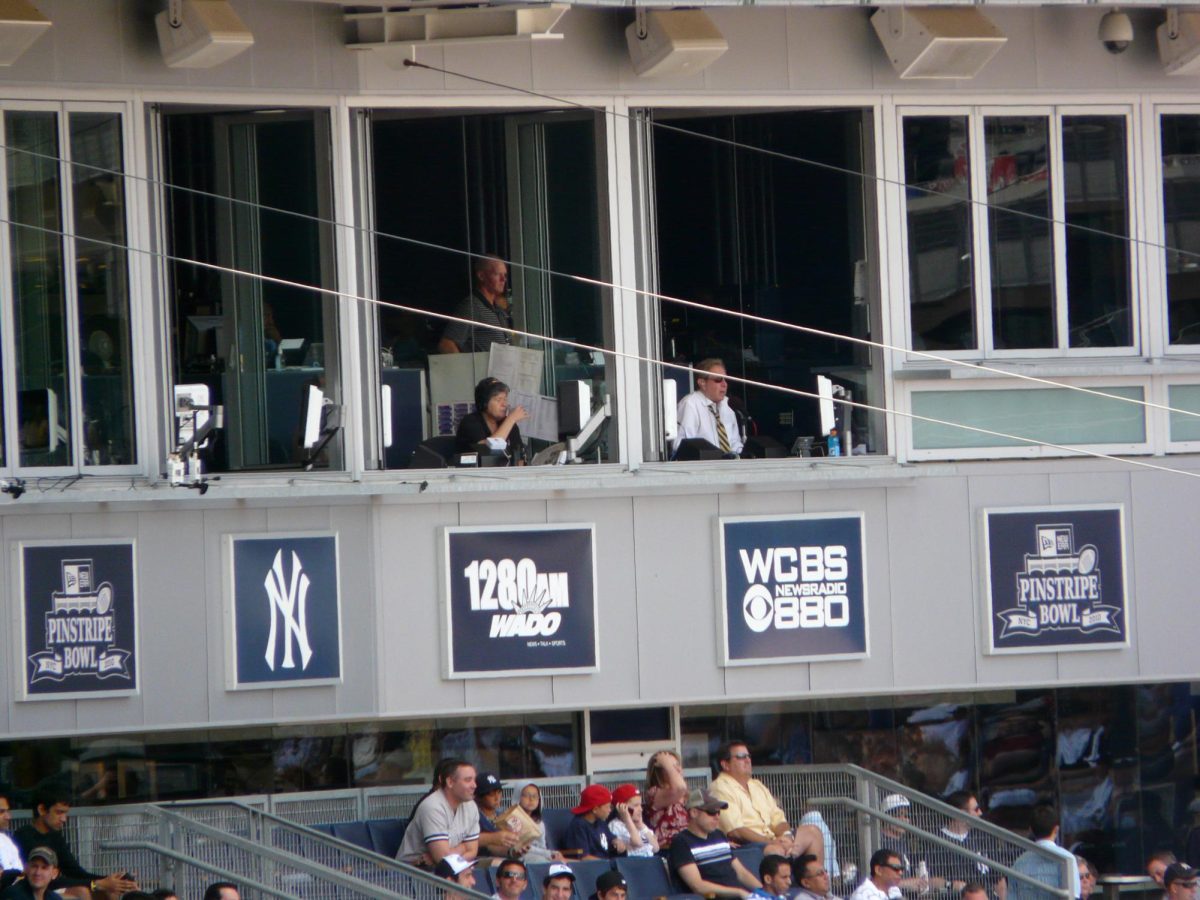
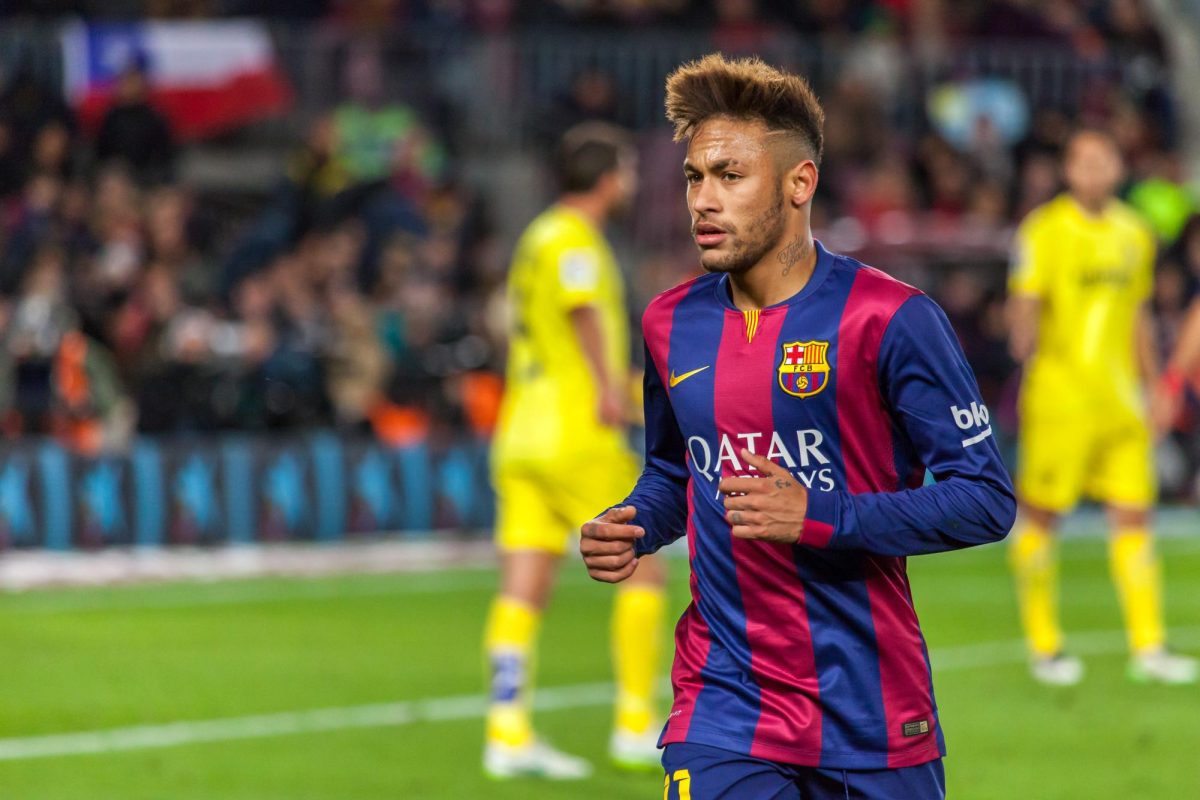
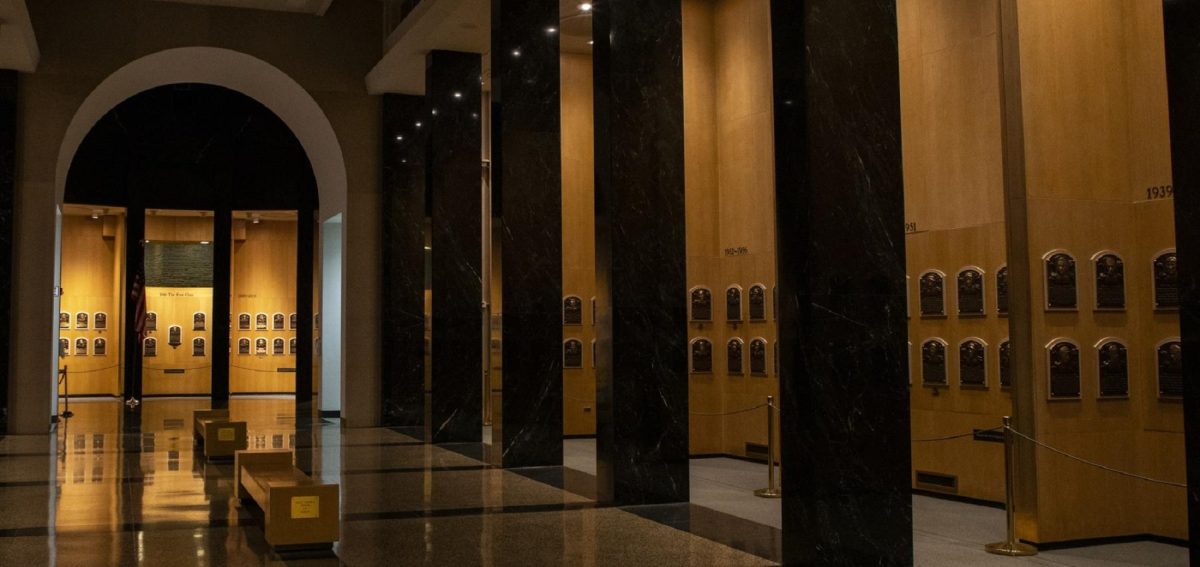
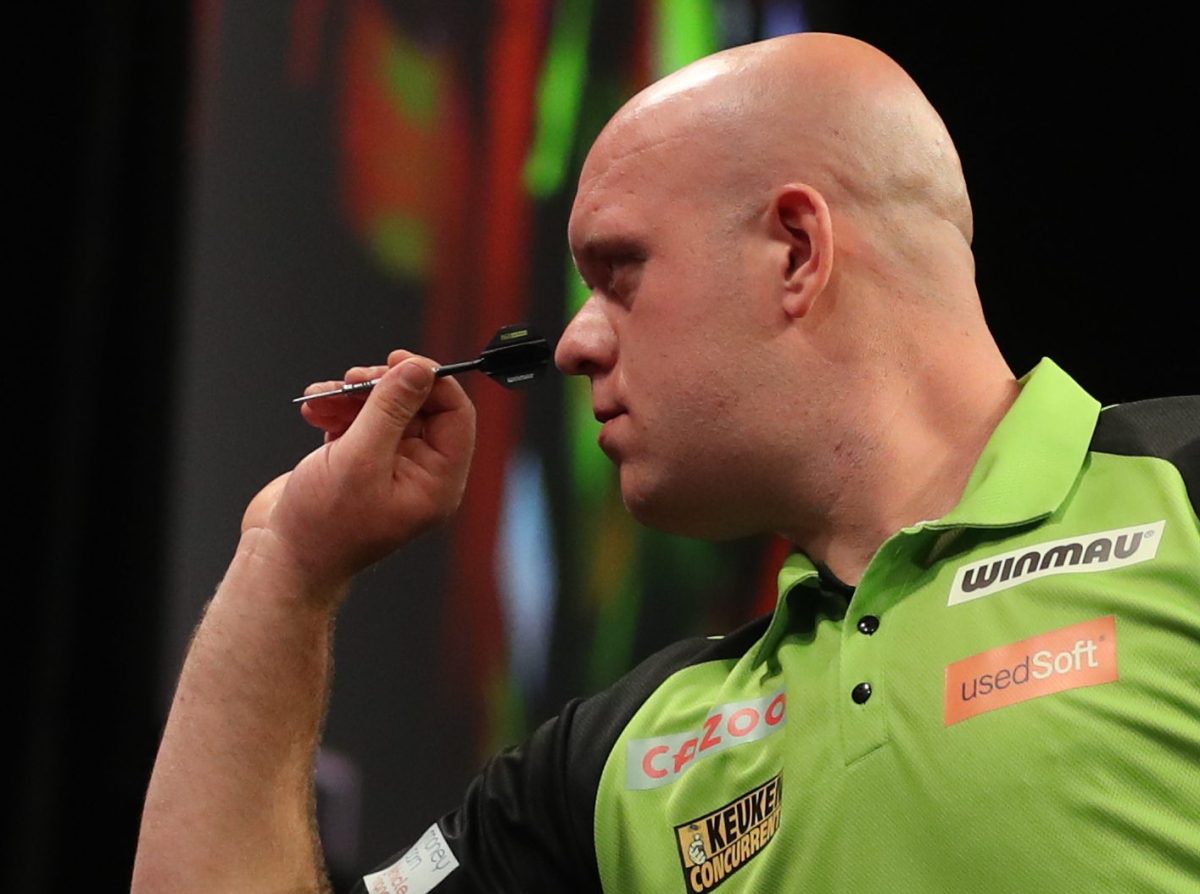
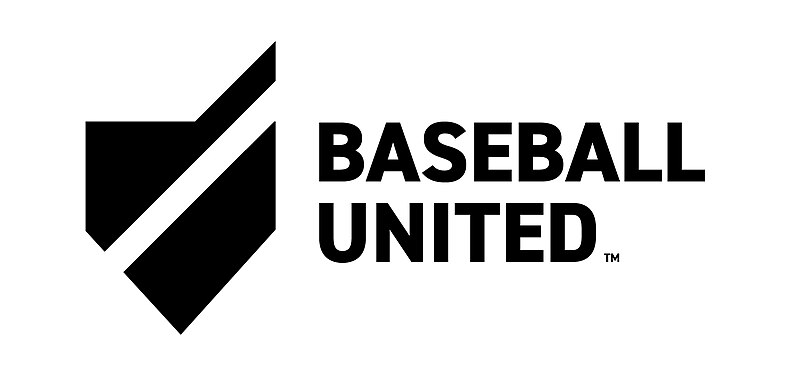
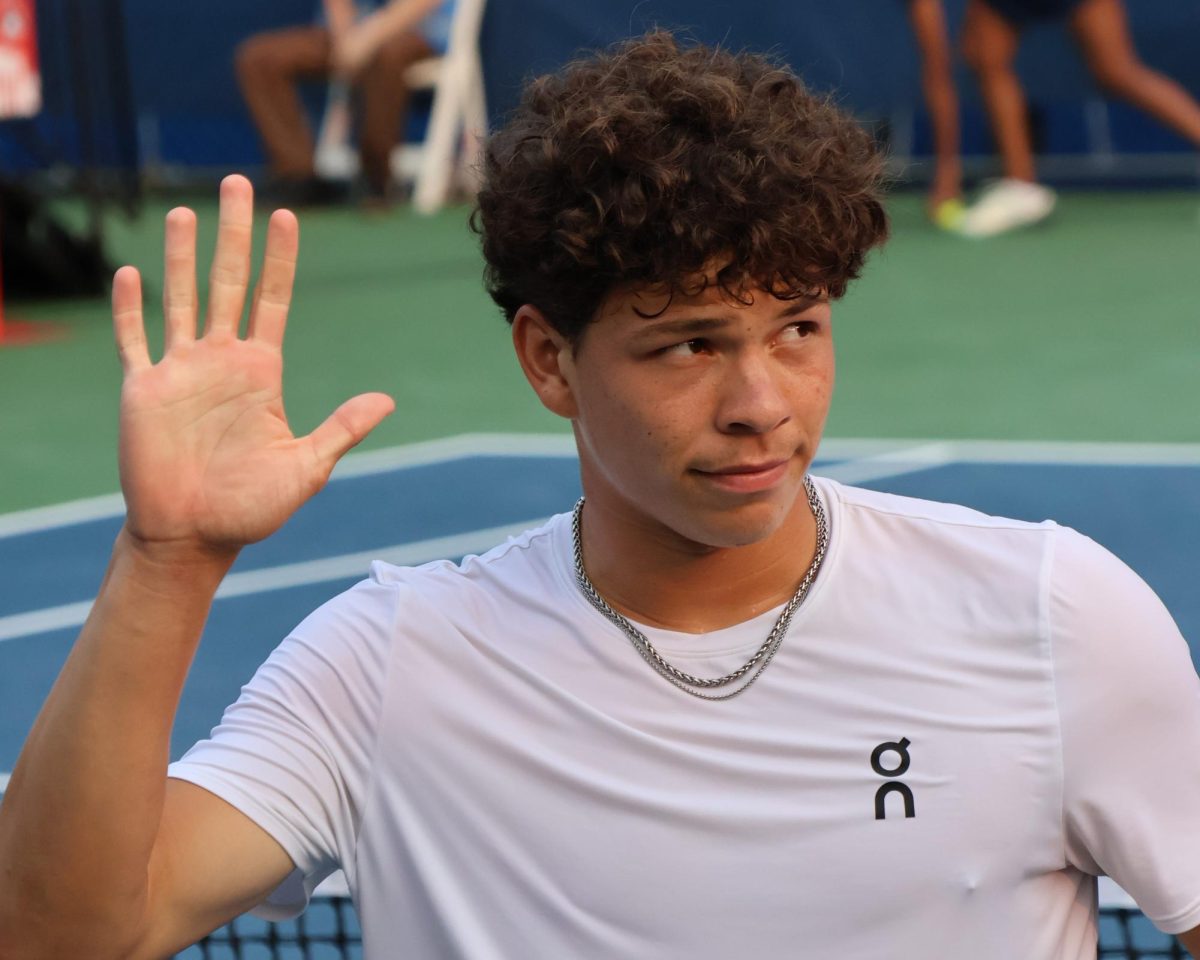

Veronica Gilbert • Jun 1, 2021 at 8:42 am
Hello there, it is very interesting and informative article to read. Thanks for sharing!